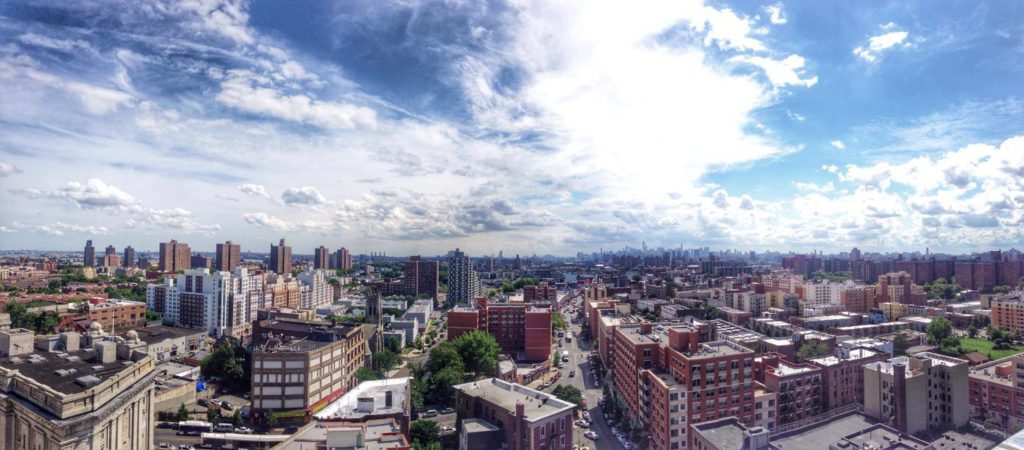
Finally, the US Treasury Department has outlined the rules of the Opportunity Zones. An Opportunity Zone is a low-income census tract with an individual poverty rate of at least 20 percent and median family income no greater than 80 percent of the area median. This program was created in the midst of the tax plan of December 2017. Investors must place capital gains cash into a fund, that fund must remain in that opportunity zone for ten years. Those investors would, in turn, receive a federal and state tax break on their capital gains. Also, any future profits from the fund’s investment will be shielded from taxes.
Guidance will be coming in the second round of comments from the Treasury describing the ability for the funds to buy and sell assets within an opportunity zone funds. This is of particular interest to developers as they may be able to create value and recycle those funds through that ten year period potentially.
There’s no doubt this will increase investment in urban and underserved the communities. The plan intends to spur investment in economically distressed areas. What everyone does not know is to what extent will this economic development be achieved; as well as will there be exponential growth or gentrification.
This investment opportunity is available for individuals and corporate investors. Capital gains can only fund the funds.
Many real estate developers, limited partner investors, lawyers, and accountants have been combing the internet for as much information as possible. There’s very little information out there to make any real tangible decisions. Many funds have been created with the intent to invest when the rules are clear and or a textbook project arises.
Steven Mnuchin, the Treasury secretary, said in recent weeks that he expected the zones to attract $100 billion in investment and he wanted “all Americans to experience the dynamic opportunities being generated.”
